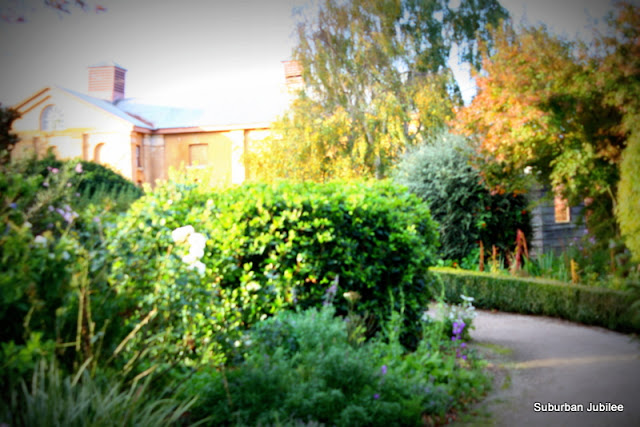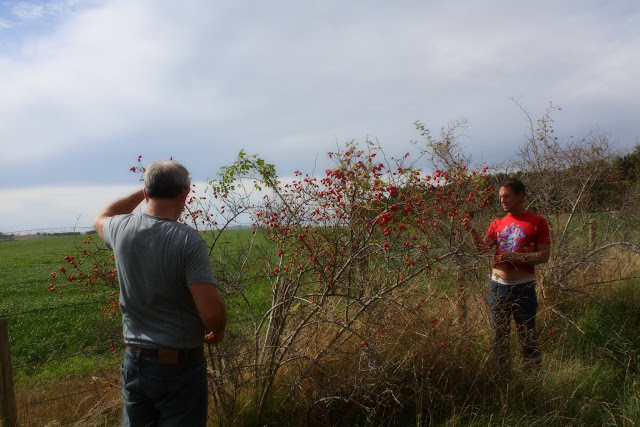At the risk of sounding like a travel blog.....
We visited Woolmers Estate just outside of Longford.
There are lots of these estates dotted around Tasmania from early settlement days in the early 1800's and Craig shears at them all the time so it felt a bit ironic going to pay to see one of these properties, but we had a lovely family day out.
In the 1820's-1830's the Archer brothers established large farms in the Longford district. Panshanger was started by Joseph Archer and it is still a working farm. Thomas Archer established Woolmers as a pastoral property of sheep and cattle and built his house upon a hilltop over looking the Macquarie River. Across the river and on the flats William Archer established Brickendon as a cropping farm.
The front of the coach house and stables
The rear of the coach house and stables.
Looking for ghosts in the old stables
All the windows have stout wooden shutters with bolts and latches with small peep/shooting holes at the top for fending off bush-rangers (Australian outlaws) in the early days of settlement. That's what you get when you build a country on convict labour.
One of my favourite buildings was the smoking house where a gentleman could retire and smoke his cigars without disturbing the ladies.
Gate down to the river
An old wooden wind mill (c.1890) used to pump water from the river
The estate is also the home of "The National Rose Garden" but at this time of year it is more hips than roses and I do think a discount would have been appropriate.
Beautiful light fitting in the entrance way.
Another view of the garden
These estates were like mini-villages and had to be self-sufficient for most things. Above the various buildings include the chapel, workers cottages and stables.
The original bakehouse and bakers cottage where bread was made to feed up to 60 people on the estate.
The massive wool shed where the shearing is done. The wool bales were pressed in the upper floor of the building and then lowered out of the top front door onto horse drawn drays and taken to Launceston for shipping to England.
More workers cottages
As well as the blacksmiths.
If you would like to read more about Woolmers here is their link or "like" them on facebook page and you'll get year round photos and news.
We did the self-guided tour and also had tea and scones in the old kitchen wing that now serves as tea rooms. There are a variety of teas and they do use leaf and not bags which was super but unfortunately the scones are not freshly made and nothing is more of a let down than micro-waved scones.
I would allow at least an hour for a look around and probably another hour on top of that during rose blooming time.


















































